A Glimpse Into Blenheim Palace’s History
Much has been written about how Blenheim Palace is the birthplace of the great politician, Sir Winston Churchill. From the preservation of baby Winston’s hair to the extensive war-time Churchill exhibition, visitors can easily walk in the footsteps of the man himself. But to perceive Blenheim as merely the home of a bygone Prime Minister is to debase the gravity and origins of the house itself as a celebratory monument to Britain’s innovative victories. Strolling from the visitor car park to the main entrance, the spirit of Don Quixote springs to mind, guarding the wrought-iron gate that betrays the history of Blenheim Palace as a citadel of an even greater warrior. This knightly defender and grandiose entrance imbue a dignified air, reflecting the estate’s position as home to Britain’s greatest military general, the 1st Duke of Marlborough, and as a national monument of Britain’s power and civilisation.
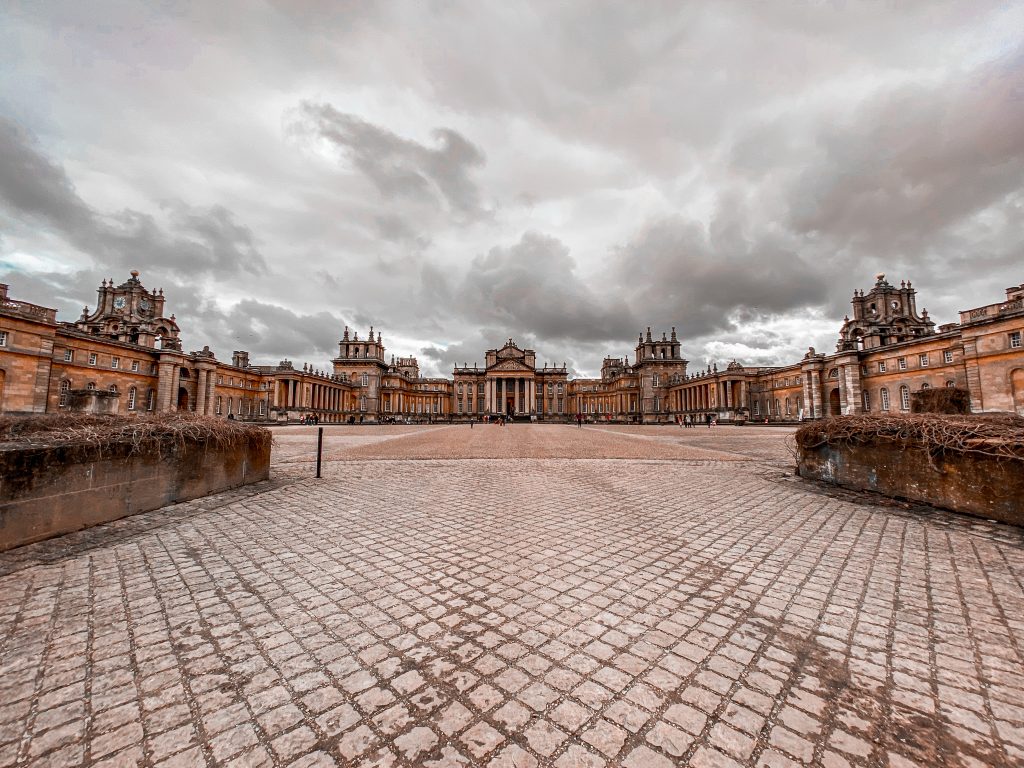
Architectural Record of Blenheim Palace History
To add fuel to its splendour, Blenheim Palace draws on its rarity as the only non-royal and non-episcopal building in England to be called a palace, creating a sumptuous and opulent experience infused with the charm of the English countryside. The monumental design of this Grade I-listed country house was founded on the principles of magnificence; love for military prowess, respect for superiors and unmitigated patriotism. The ornate exterior underlines its original purpose as a reward bestowed by the Crown to John Churchill, the 1st Duke of Marlborough.
A Royal Reward
For his innovative and numerous military triumphs in the War of the Spanish succession, including the Battle of Blenheim (1704) for which the manor house is named, the nation, led by Queen Anne settled to give their national hero a home fitting his unparalleled accomplishments. There is no doubt their aims were achieved, and the gaudiness of the manor house gives a glimpse into how the history of Blenheim Palace reflects the kind of world the 18th Century was. It’s apparent that Blenheim Palace and its history were established in a world where an Empire’s victories take precedence over humility, modesty and compassion for ones defeated enemies.
There’s a certain expectancy that grand properties have history permeating their architectural features, and Blenheim Palace architecture is no exception. Designed by Sir John Vanbrugh and later Nicholas Hawksmoor in the exclusive English Baroque style, Blenheim Palace’s decorative elements of strong lines and rich colours overpower visitors, taking them on a sensual journey through opulence.
A Heroic History
There’s also a certain subtle taste for classicism here with the East Gate resembling the Arch of Titus in the Roman Forum while the palace’s grand portico parallels the extraordinary entryway to Rome’s Pantheon. With the addition of low towers at each corner of the central square there’s a definite ‘castle air’ while the tremendous rooftop statues in magnificent Renaissance style gaze down on the inconsequential visitors, daring them to enter without permission.

A British Victory At Blenheim Palace
The horseshoe shaped courtyard in conjunction with these martial statues again transports one back to Rome, this time to the Vatican City and St. Peter’s Basilica. Most notably, Britannia stands atop of the entrance in front of two chained French captives while the English Lion devours the French cockeral.
Blenheim Palace history seeps through the wonderfully golden stone of the Cotswolds to mockingly declare to all who’ve ever toured the house that the Duke of Marlborough and Britain have beaten their enemies. Comfort and convenience of traditional homes have become subservient to the house as a monument of Britain’s national power. This is made even more prominent by the strength and durability of Blenheim’s stone, furthering emphasising the heroic atmosphere of the estate.
Blenheim Palace Interior
The Great Hall
The palace’s exterior reveals a nexus of ideas through a surprising number of artworks that slyly pieces together fragments of Blenheim Palace history that position the Duke as an omnipotent being. Stepping across the threshold, one is yet again immediately greeted with this notion as the palatial interior and allegorical paintings further celebrate and honour the Duke’s victorious life. A James Thornhill masterpiece reigns over the great hall, depicting Marlborough as Mars kneeling to Britannia (mistress of the world) and offering a map of the Battle of Blenheim while praise of him is echoed by angels above who are accompanied by fame.
The Saloon
A Louis Laguerre mural looks down from the ceiling of the central Saloon room over four marble door-cases carved with the Duke’s crest as the prince of the Holy Roman Empire. Probably one of the greatest examples of three-dimensional painting, this painting allegorically represents the coming of peace. Again, Blenheim Palace history is central to the house’s decorative elements as the Peace Treaty of Utrecht was about to be signed at the time Marlborough commissioned the painting. It is no surprise then to find the Duke in the chariot, holding a thunderbolt of war while the woman holding him back represents Peace. Such a scene suggests the nations of the world have come together peacefully and the Duke was the ruler who orchestrated the whole affair.
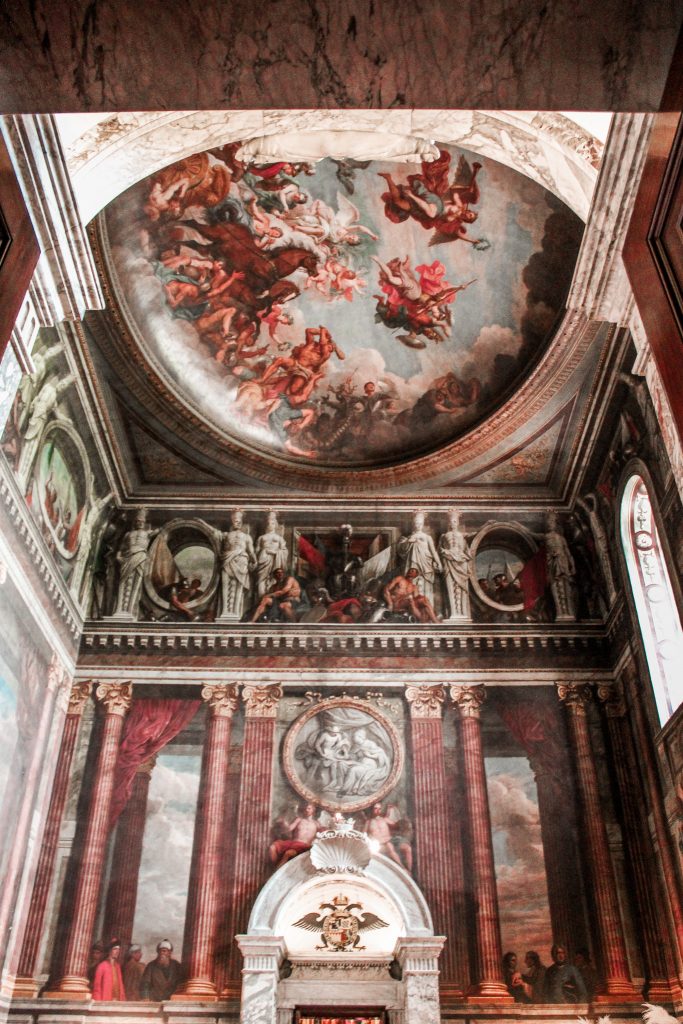
Blenheim Palace Library
Some libraries are gloriously grand temples. These are home to rare first editions and soaring shelves that become a place of worship and refuge for those wanting to hear the whispers of over 10,000 classical and ancient tales. Blenheim Palace library certainly feels decadent enough and the leather-bound books with cracked spines are a testament to the many who came before and to those who, in the future, seek an alcove of refuge. The comfort created by the earthy wood tones are juxtaposed by the oriental design of the ceiling. This phenomenally intricate pattern alongside the many artefacts in the room that the Duke had been given speaks volumes of the lands and wealth he had sequestered as the spoils of war.

The Chaepl
The Palace chapel is exquisite and rather controversial. In defiance of religious convention, the high alter is positioned against the west wall, meaning the dominating feature is the Duke’s tomb and sarcophagus. Even after death the Duke is remembered as an iconic heroic as the statue of himself as Caesar adorns this great sarcophagus.
Blenheim Palace Grounds
The crown jewel of Blenheim Palace is Capability Brown’s naturalistic ‘Versailles’ garden where a return to natural sources indicates a love of nature. There’s so much beauty to see from a plethora of tree species to man-made undulations and a gentle lake ornamented by a wonderful series of small waterfalls. Whereas Blenheim Palace’s Formal Gardens surround the Palace and takes one on a journey through the styles of bygone times. Here, the landscape is painted with majestic Water Terraces, a Private Italian Garden, a Secret Garden and a beautiful Rose Garden.
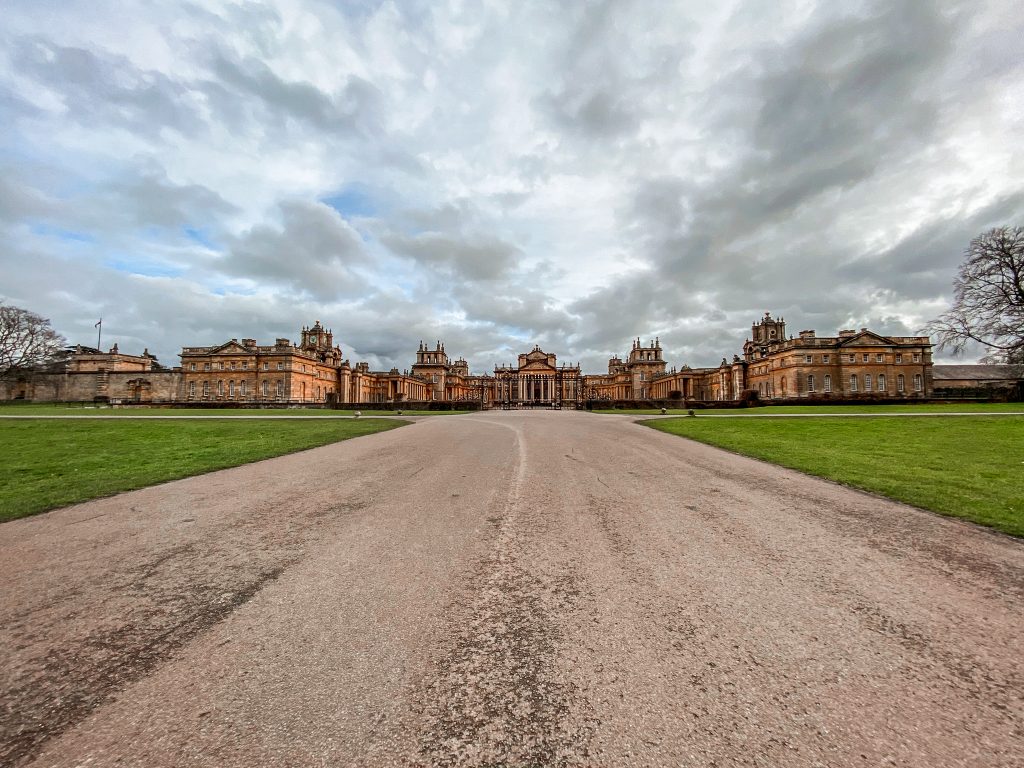
Time spent in this lavish and ornate English country house is time spent with the best Britain has to offer. Blenheim Palace history overflows in every nook and cranny. Fom exquisite architectural embellishments to fine artwork there’s some mystery or story waiting to be told. Blenheim Palace is a place for intense beauty, enthralling inspiration and for rediscovering the charm of nature.
If you are looking for equally extraordinary locations full of British history, check out the article on Off The Beaten Track: Uncharted England.
If you are inspired by the photos in this article, make sure to head to the subscribe box at the top of the page to grab your FREE How to Take Professional Travel Photos Guide!


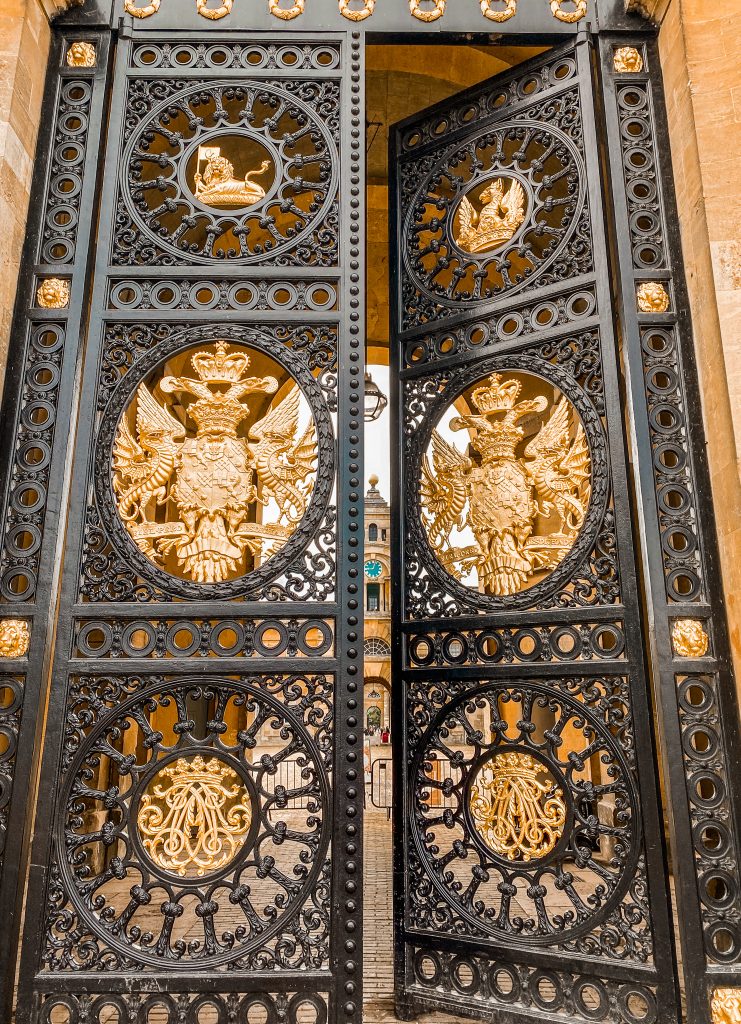
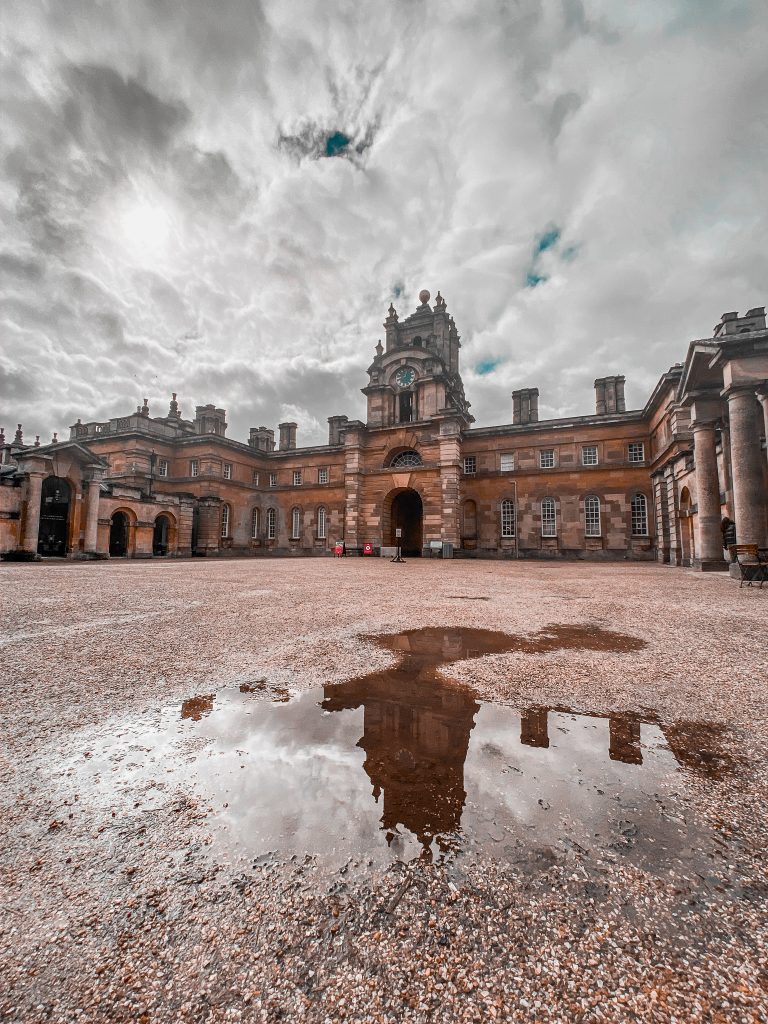
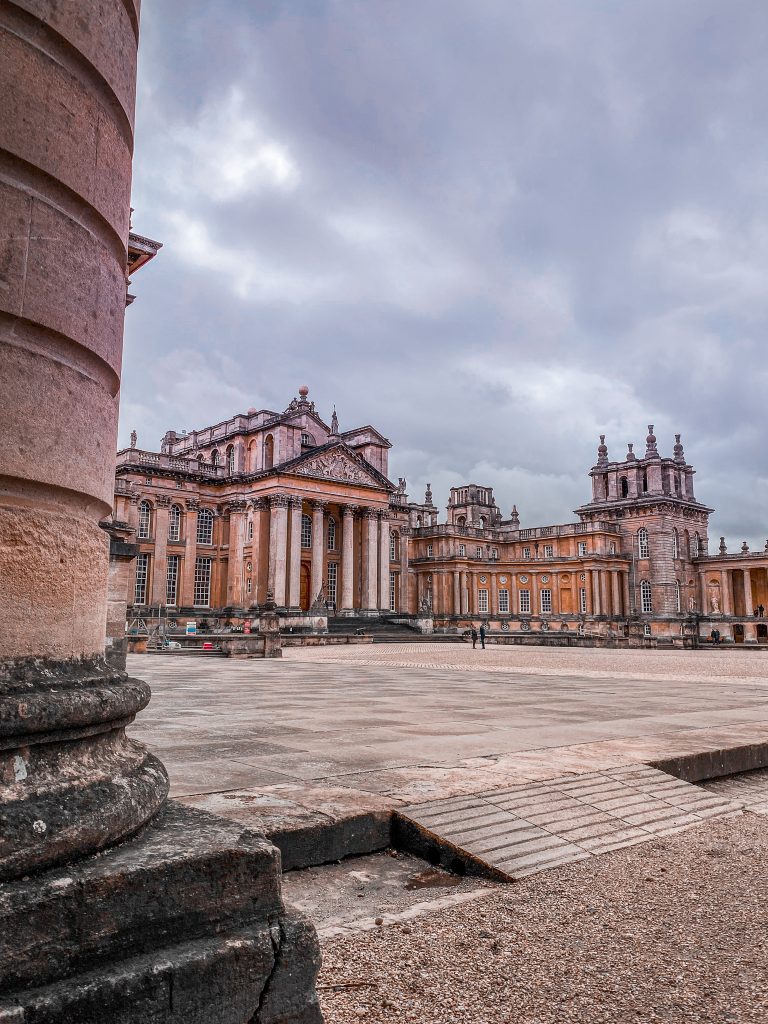

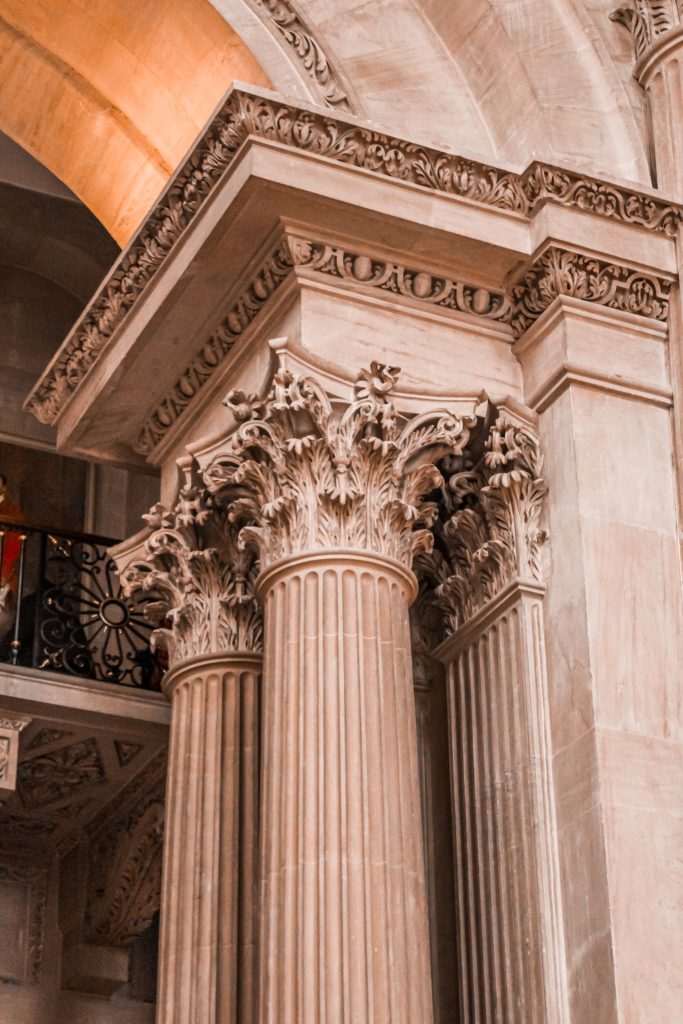
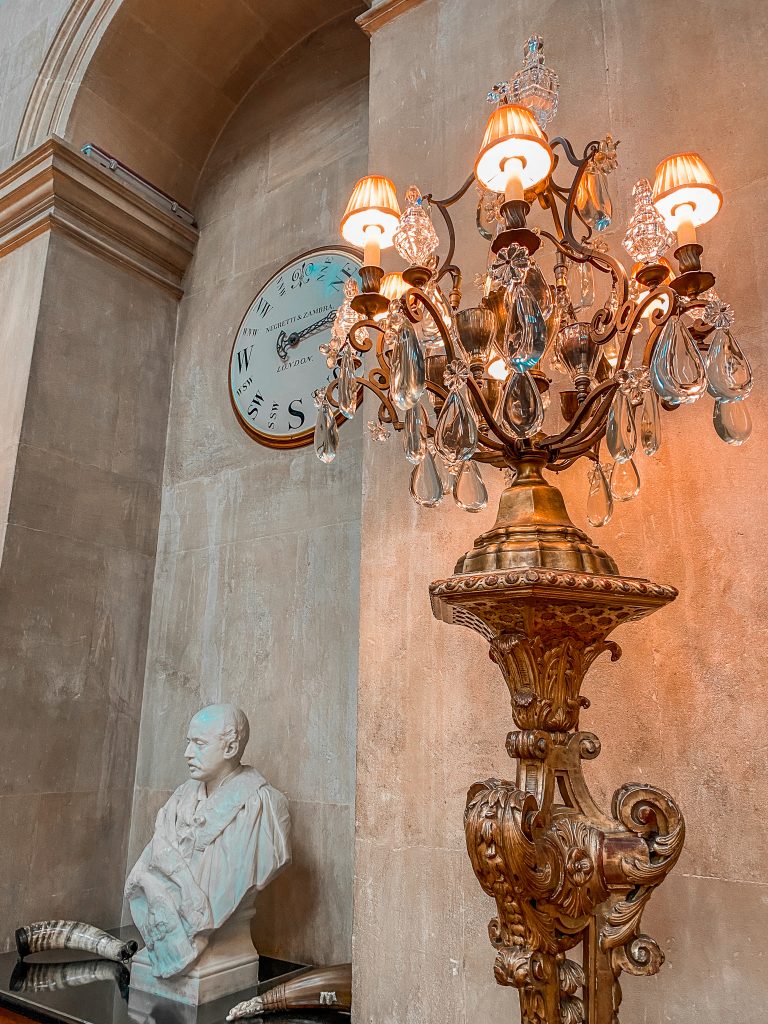
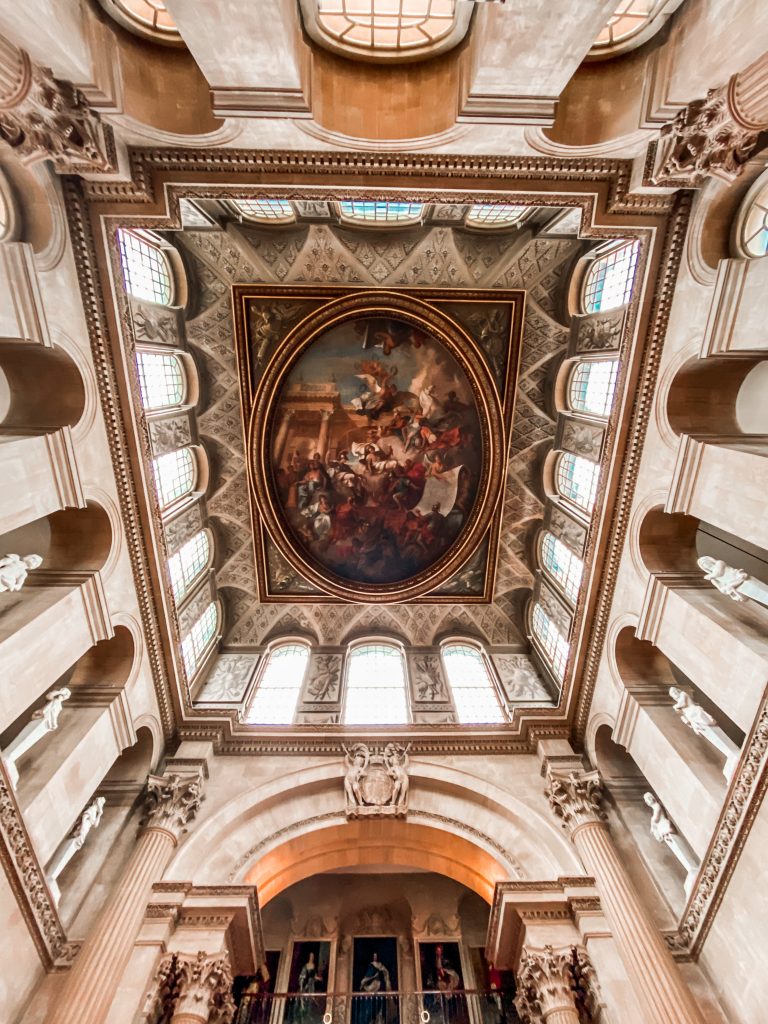
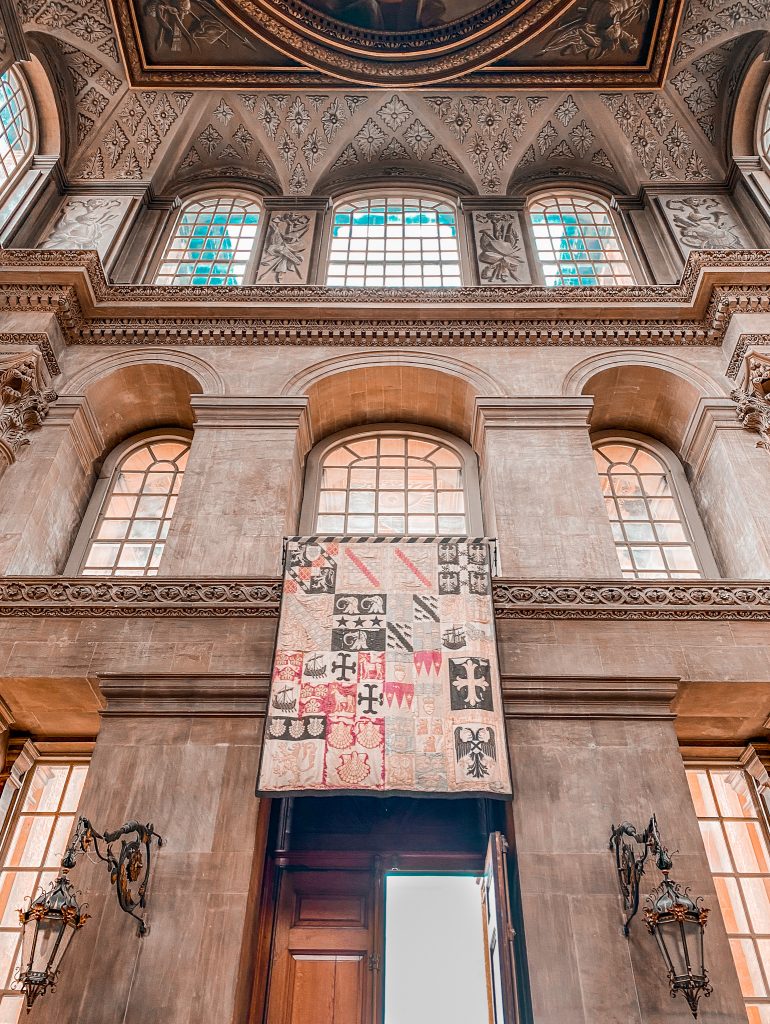

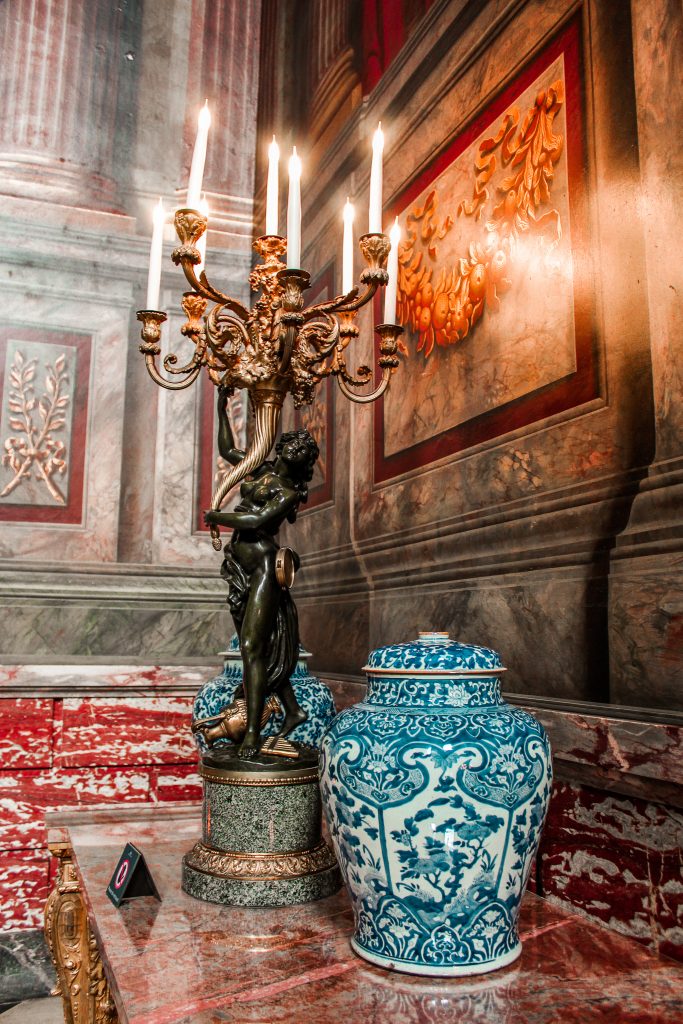
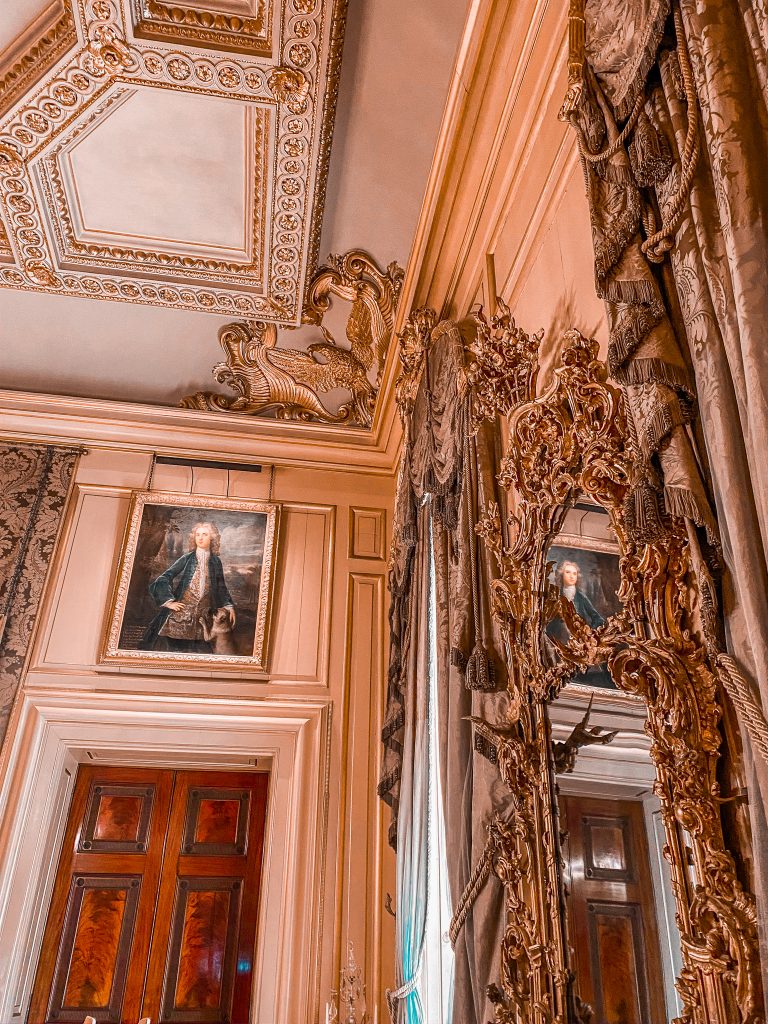
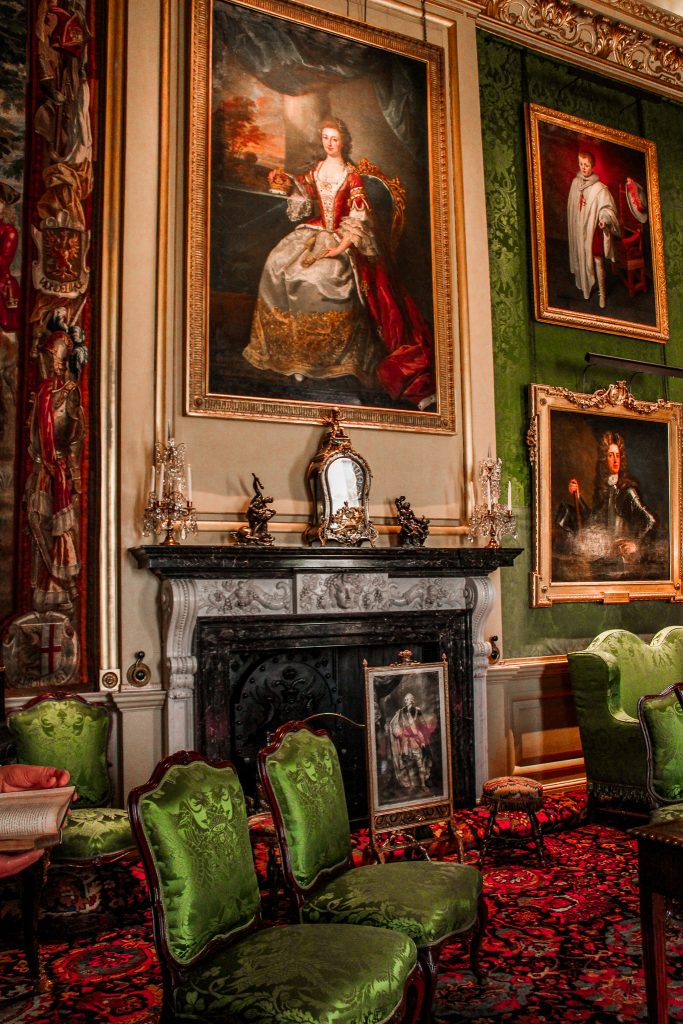
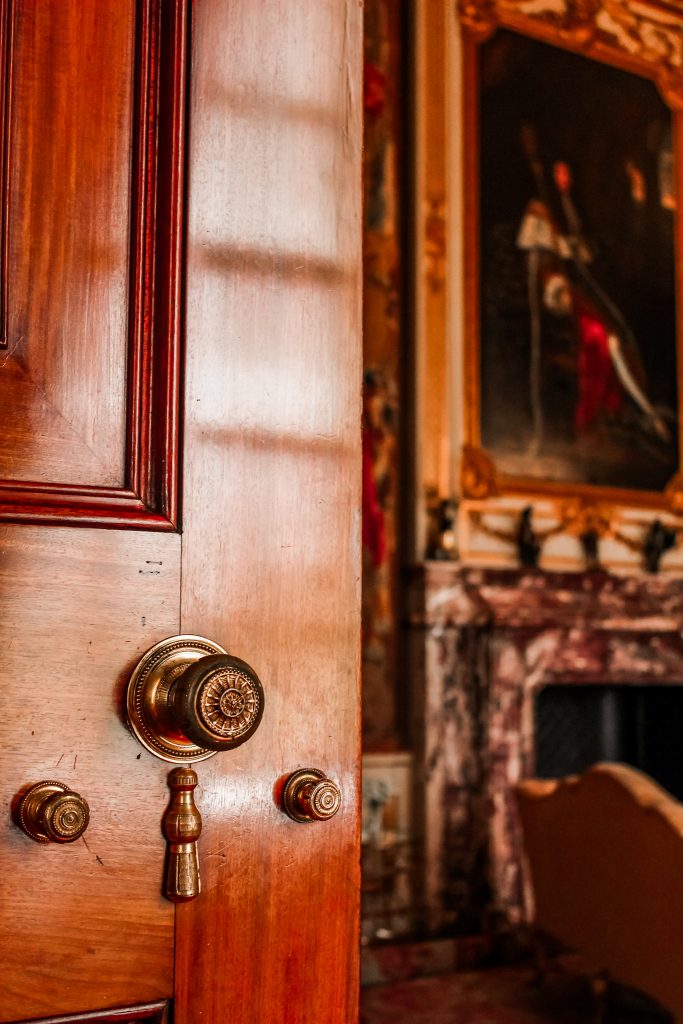
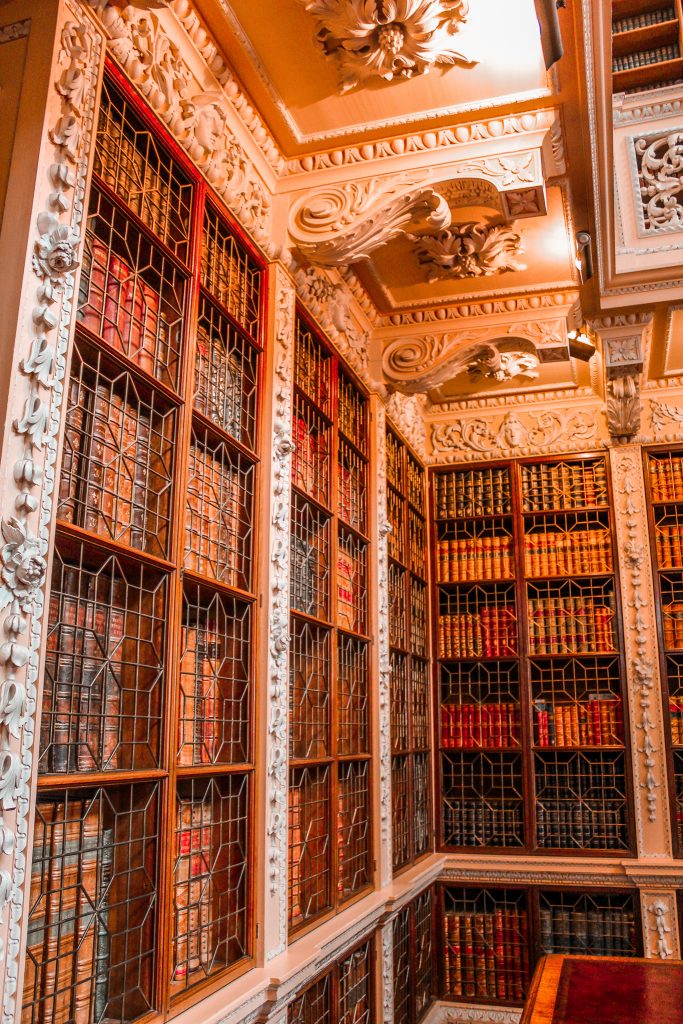

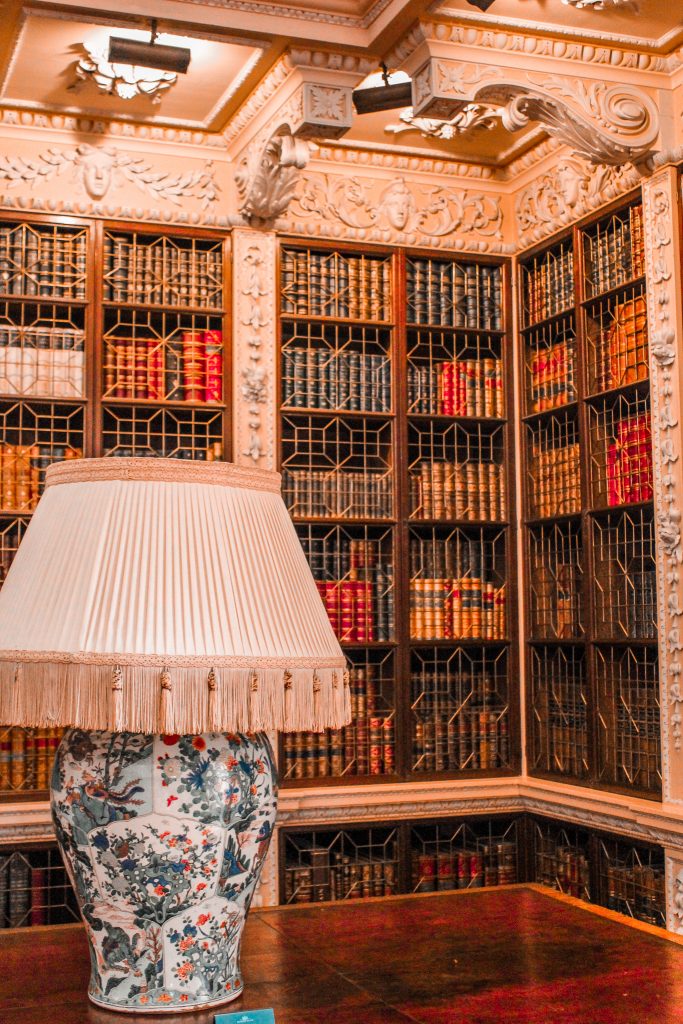
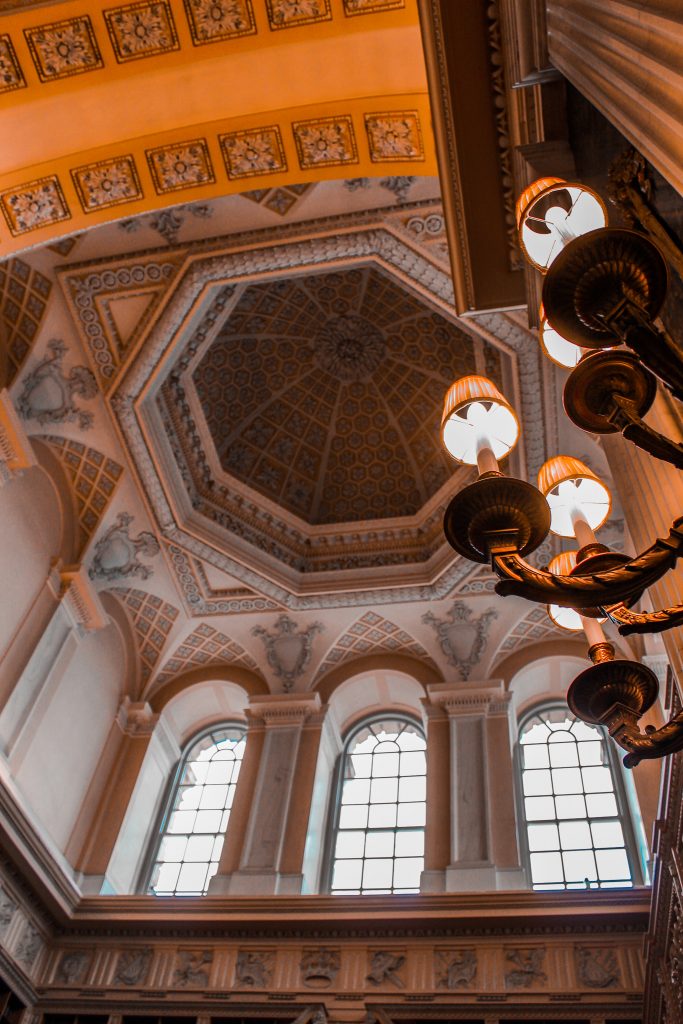
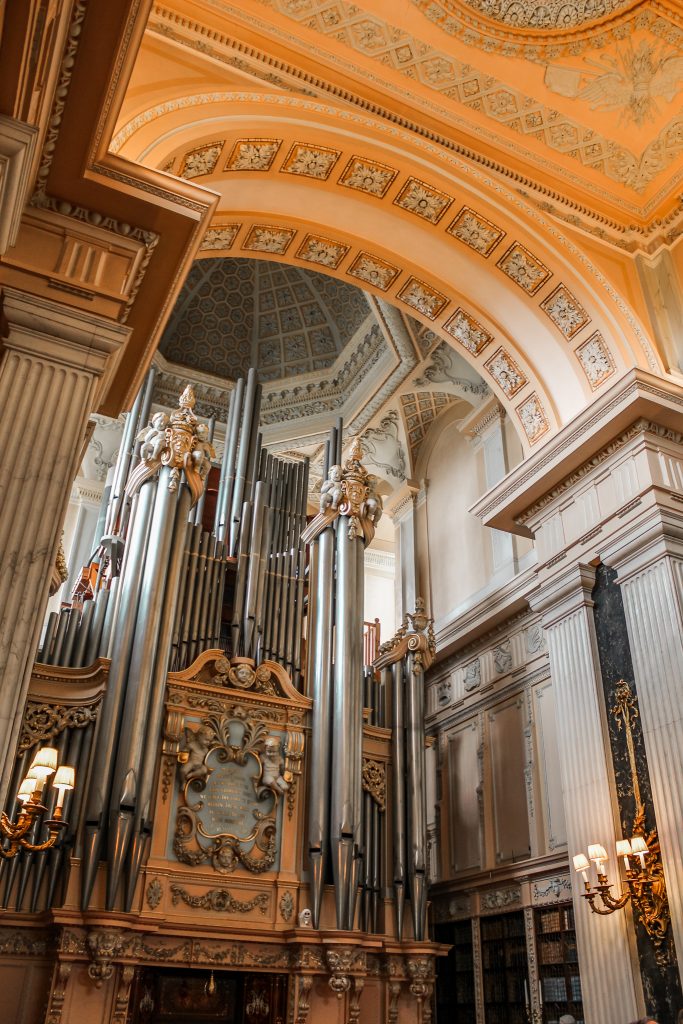
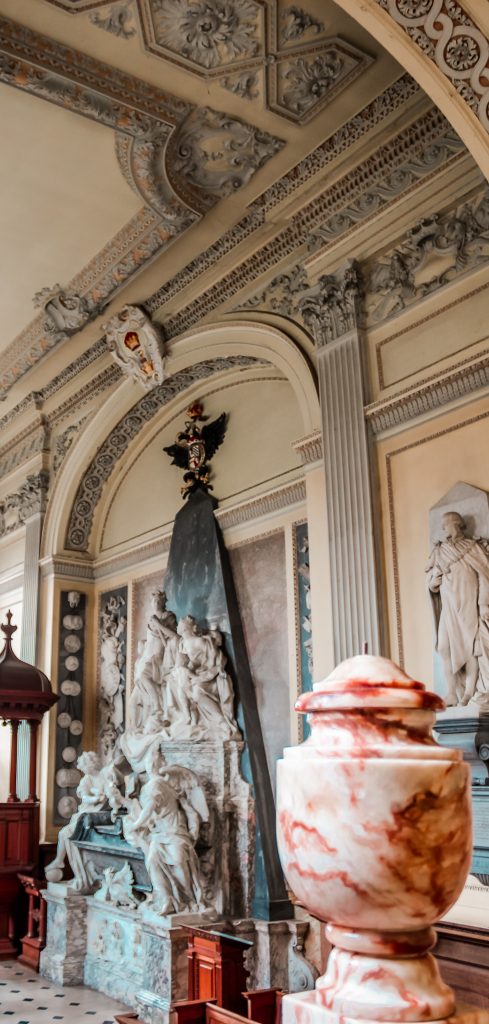
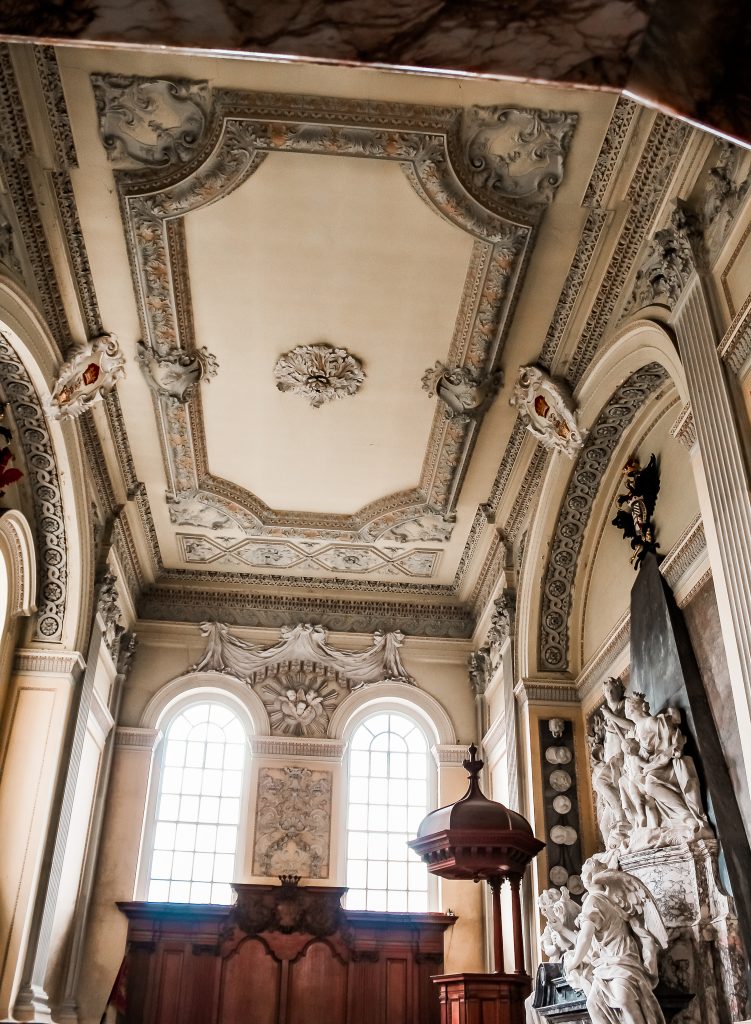
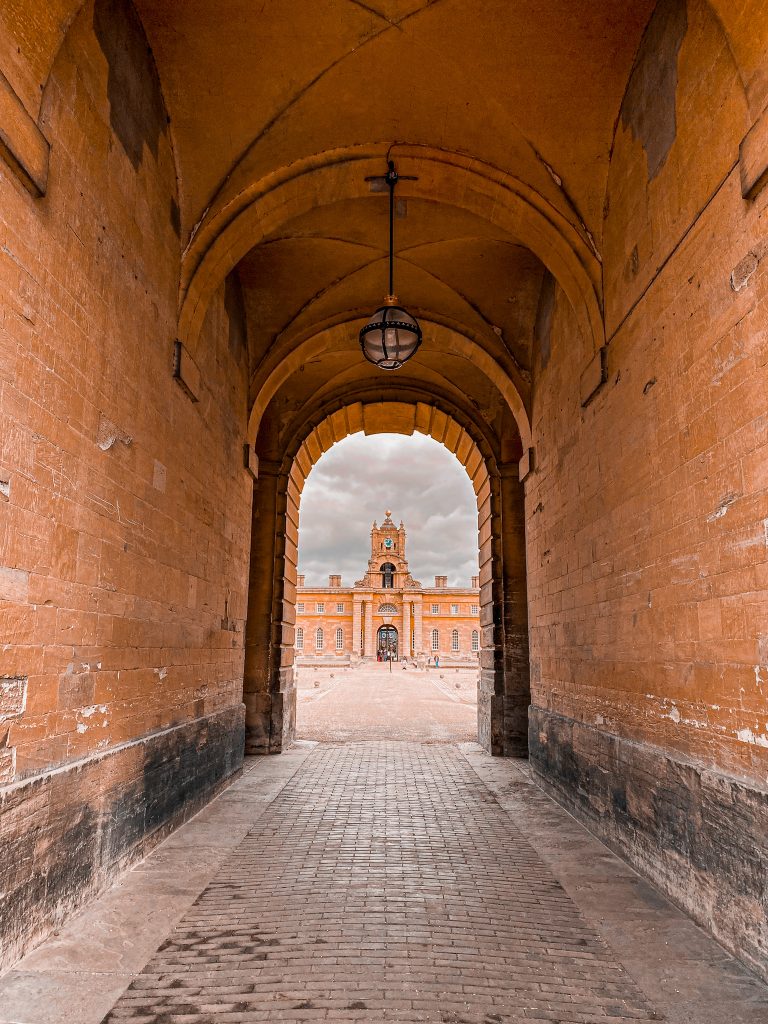
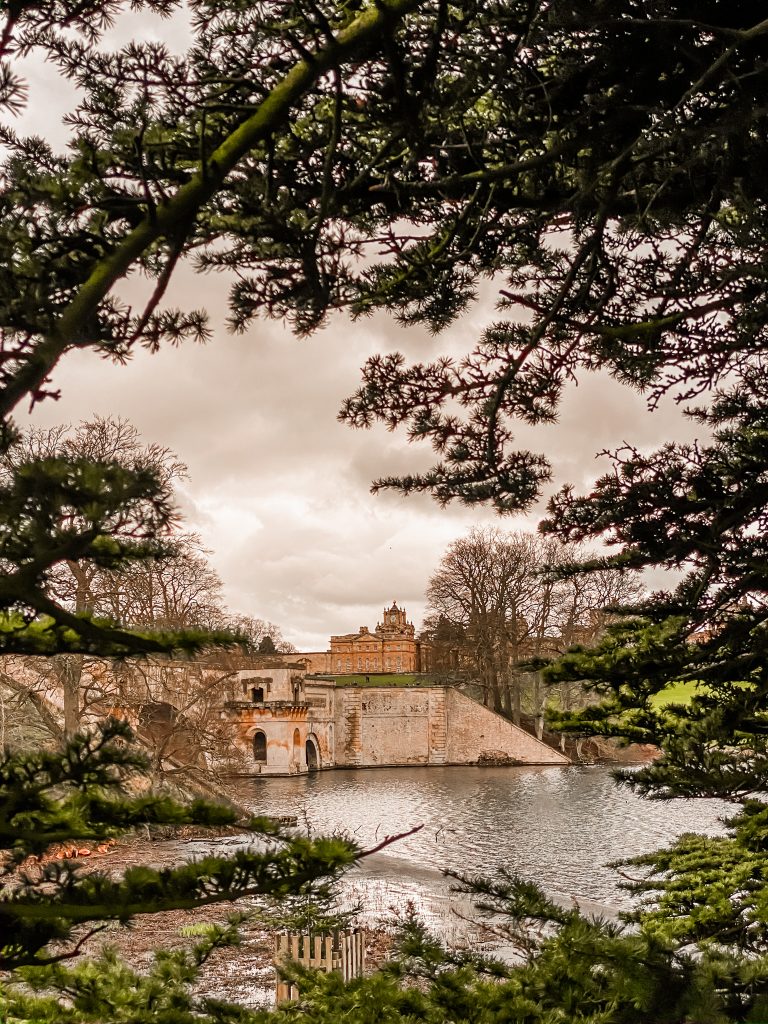


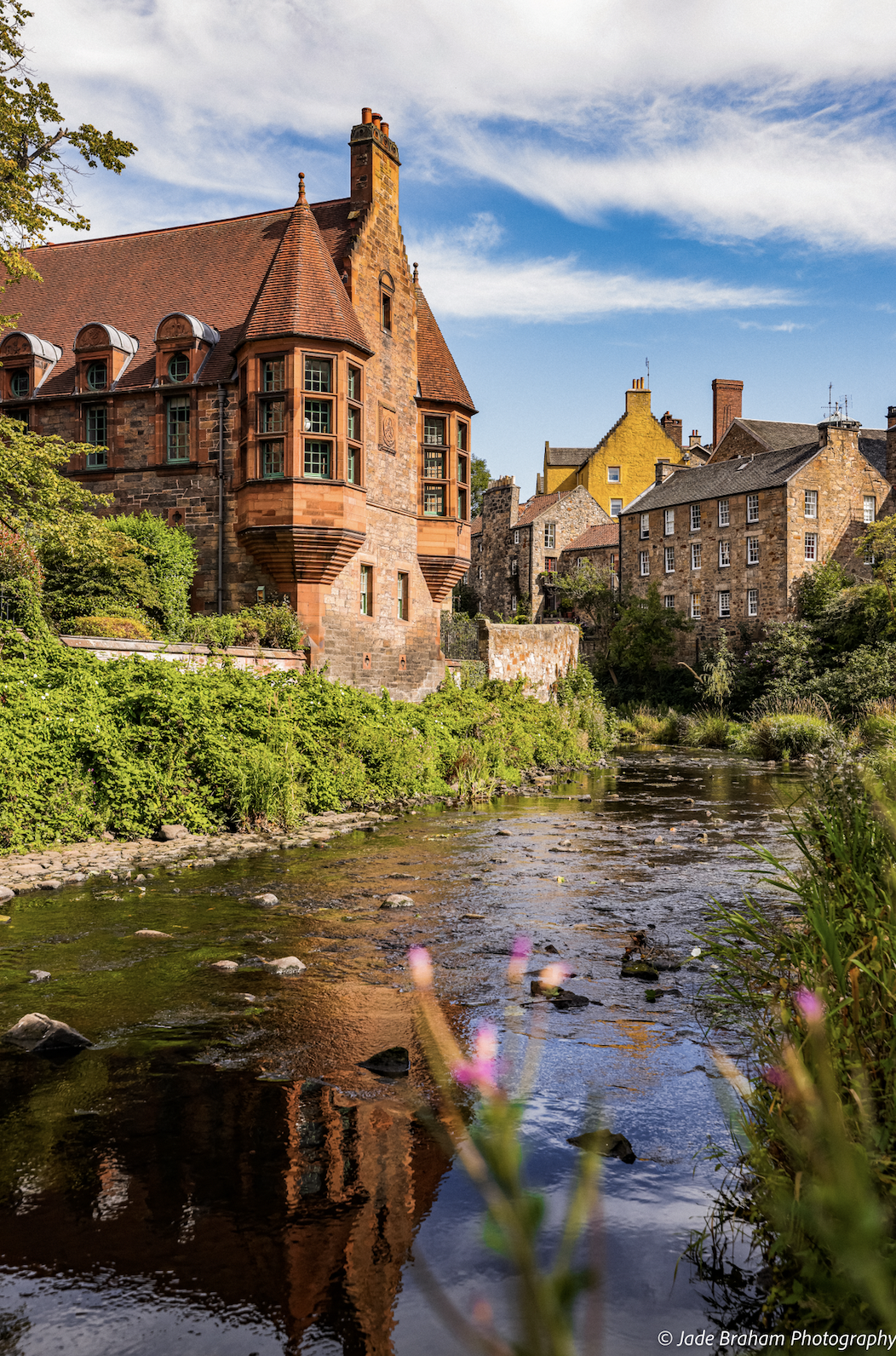
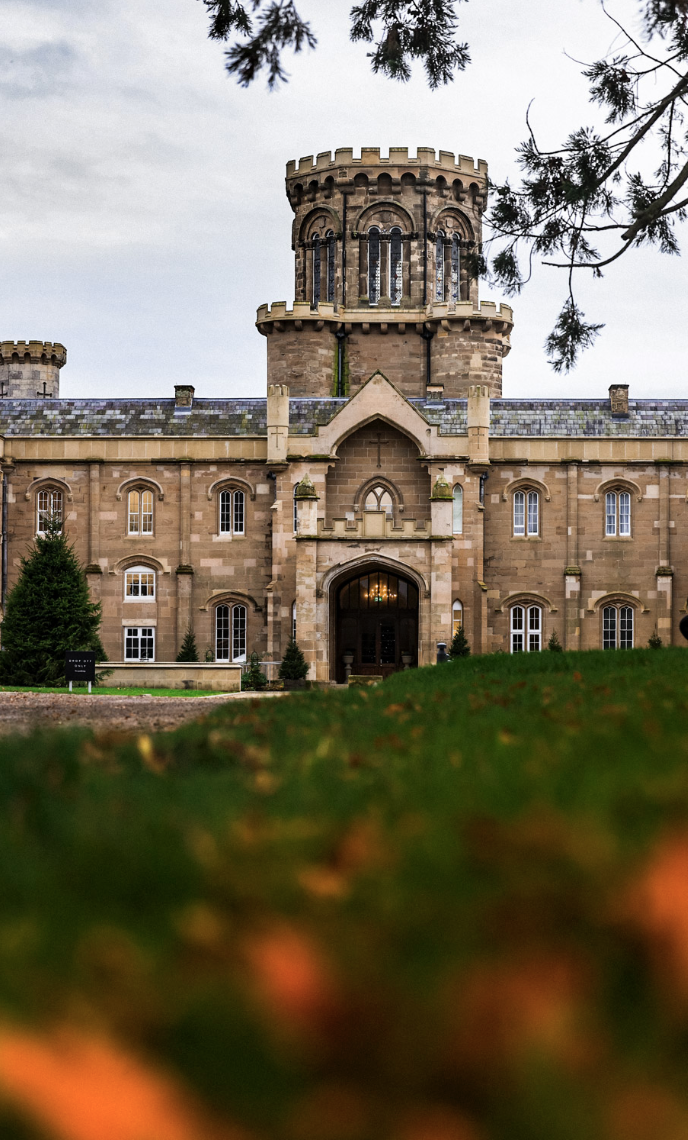
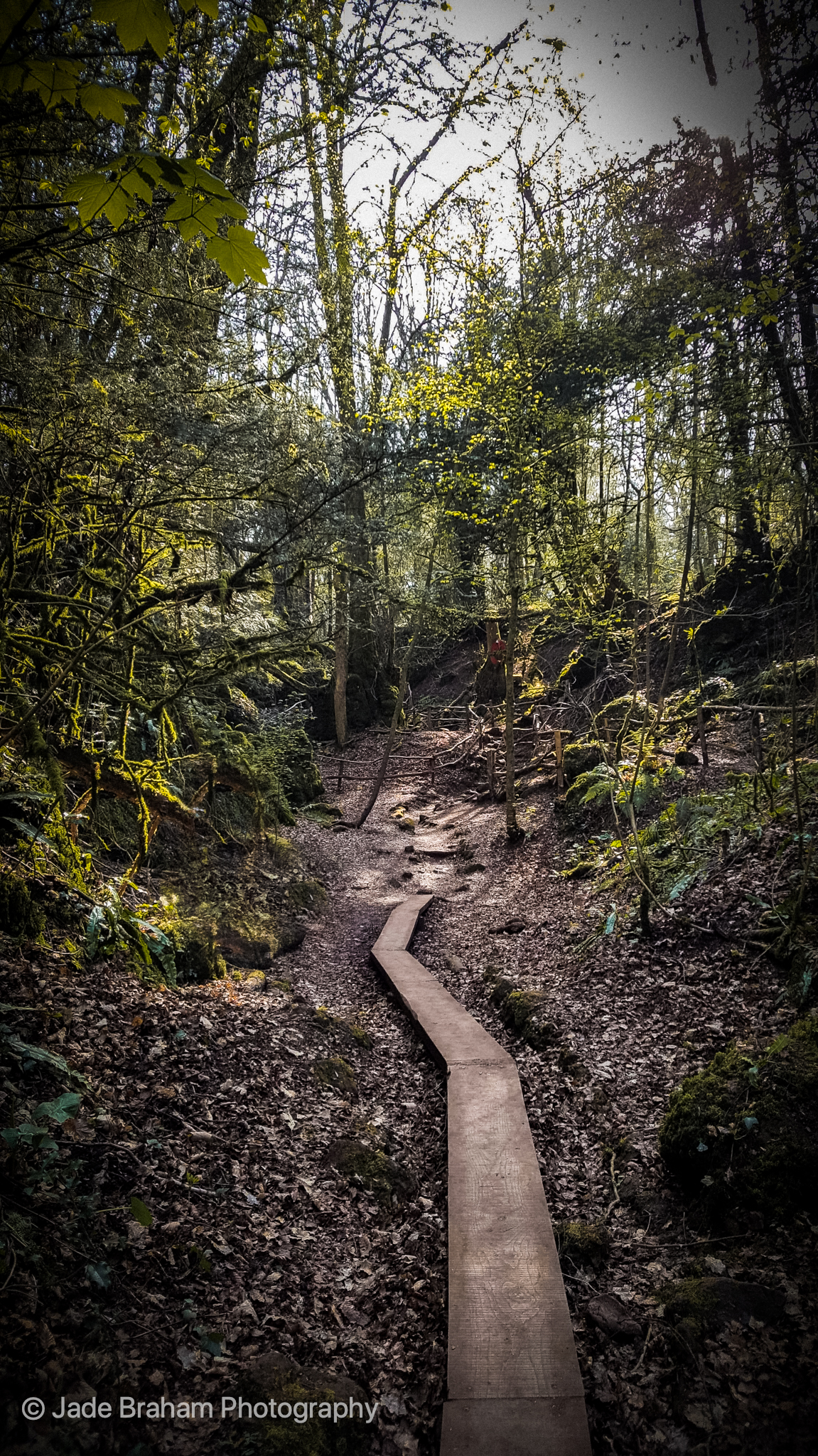
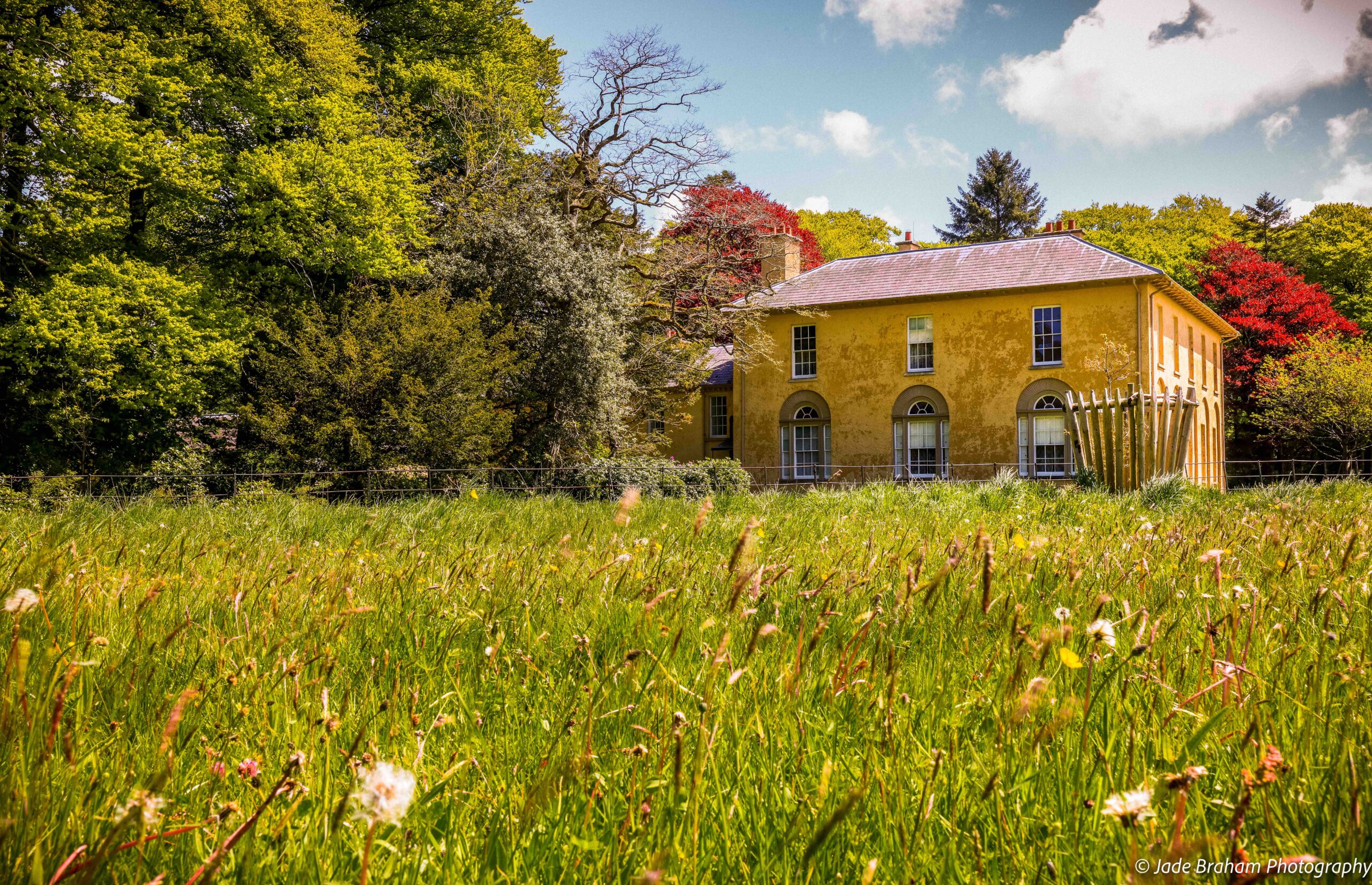
Wow, had no idea about the rich history of Blenheim Palace! Wonderful shots, and definitely keen to pay it a visit next time we’re in Oxfordshire! Great, detailed post – thank you for sharing.
Great piece! The photos are stunning!
Really good post! Your blog is super pretty!!! And very educational as well! I loved it!!
Wooow. This is so beautiful. Love the description, love the photos and love your post! 😀 What camera did you use? Really loving the views!
Thank you so much! I use a Canon EOS 1200D.
This post is amazing and I am loving your photos! Can’t wait to read more of your posts.
Al x
Wow, what a majestic palace. I love beautiful
doors. So much history..
Beautiful photos! Love all the history of the palace and how detailed you’ve gone into different areas 🙂
I didn’t know that Blenheim is the only non-royal building in England to have the title of Palace, but it totally makes sense now! I haven’t been yet but make it my mission to go one day.
I hope you get to go soon, and that it’s worth the wait.
I love your pictures, absolutely amazing😍
Wow, thanks for sharing all this info – so interesting!! I’ve been to Blenheim Palace once, but I was only on the grounds. I loved seeing photos of the inside, especially the library!
Not a problem! I loved Blenheim Palace and the library is also my favourite part of the property. It’s massive and the books look immaculate. I hope you get to go inside one day soon. 🙂
Wow… lovely post. And amazing website. Keep going.
Adriana
Wow love the golden doors and indoors in also amazingly
golden. Fabulous photos..
I didn’t even know you could go inside the palace – I am loving the look and want to visit myself